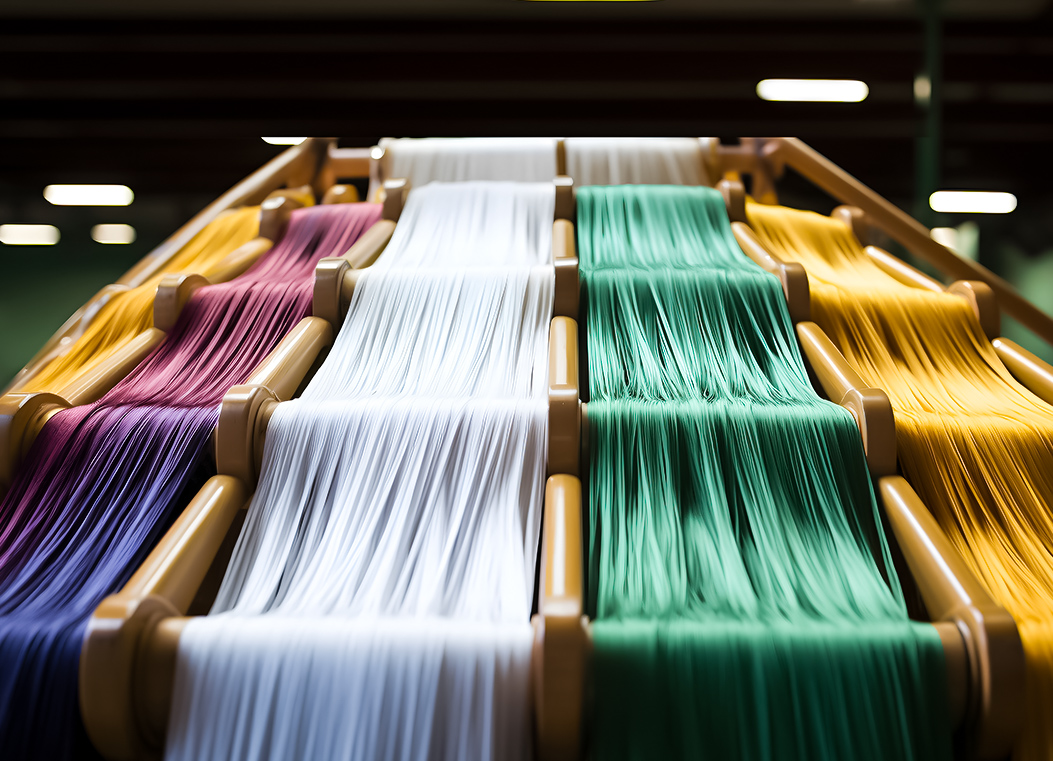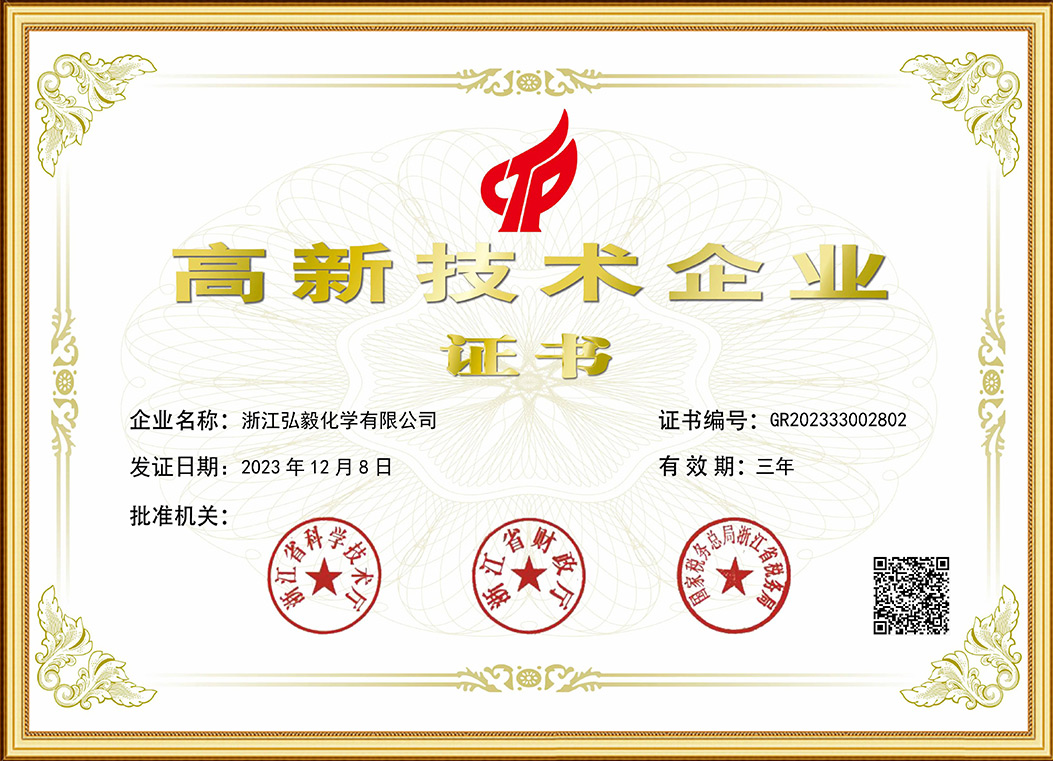Creating bright, visually consistent surfaces is a key goal in both textile production and building material manufacturing. Products such as Fluorescent Whitening Agent and Fluorescent Whitening Agents for ceiling panels are designed to improve surface brightness by converting invisible ultraviolet light into visible blue light. This optical process neutralizes yellow tones and enhances perceived whiteness, which directly impacts how clean and clear materials appear under various lighting conditions. From fabric dyeing lines to architectural interiors, these agents play an important role in maintaining visual balance and product quality.

The Optical Mechanism Behind Fluorescent Whitening
Fluorescent whitening agents (FWAs) function by absorbing ultraviolet radiation and re-emitting it as visible blue light, a process that compensates for the natural yellowing of cellulose fibers or composite materials. This reaction does not alter the chemical structure of the substrate but changes the way light interacts with it. The result is a brighter and more uniform surface appearance. This optical principle has been used effectively for years in textiles and is now being adapted for use in building materials, such as ceiling panels, to achieve consistent and enhanced brightness.
When applied to ceiling panels, FWAs improve the panel’s ability to reflect and distribute light evenly across interior spaces. Whether the panels are made from fiber-reinforced composites, fabric-based materials, or coated cellulose, the addition of fluorescent whitening agents ensures a whiter appearance that remains stable over time. This improvement in light reflection helps enhance the sense of openness and clarity in rooms, making spaces appear cleaner and more visually comfortable.
Why Ceiling Panels Benefit from Optical Brightening
Ceiling panels are constantly exposed to different lighting sources—natural daylight, LED fixtures, or fluorescent lamps. Over time, these conditions can cause materials to appear dull or yellowish, especially when organic fibers or resins are involved. Fluorescent whitening agents counteract this by balancing the visual tone, ensuring that panels maintain their clean, neutral white look. The enhanced visual clarity makes ceilings not only more appealing but also more functional, as they improve overall illumination efficiency within a space.
For architects and interior designers, this characteristic is particularly valuable in areas where uniform lighting is critical, such as offices, hospitals, classrooms, and retail stores. By optimizing light reflection, panels treated with fluorescent whitening agents can help reduce energy consumption, as artificial lighting can be used more efficiently. The whitening process thus contributes both to aesthetic and functional improvements in modern building design.
Shared Technology with Textile Whitening
The development of FWAs for ceiling panels is closely related to their successful use in textiles. In viscose, cotton, and linen fabrics, fluorescent whitening agents enhance brightness without compromising texture or strength. The same underlying technology applies to ceiling panels made from fiber-based composites. For example, agents like 4BK-L, originally designed for textiles, can be adapted for use in panel production due to their good water solubility and process compatibility. These characteristics allow even distribution across materials, ensuring consistent optical effects.
In both textiles and panels, the mechanism remains the same: ultraviolet light is transformed into visible blue light, neutralizing yellow tones. However, ceiling panel applications require higher thermal stability and lightfastness, as the materials are exposed to prolonged illumination. FWAs used for this purpose are formulated to maintain brightness and color balance without degrading or discoloring over time, ensuring long-term performance.
Application Methods and Process Adaptability
Fluorescent whitening agents can be applied to ceiling panels through various manufacturing stages. During the mixing or coating phase, the brightener is evenly dispersed in the base material or applied as a surface treatment. Liquid forms of FWAs are particularly advantageous due to their easy handling, precise dosing, and compatibility with automated systems. Their low viscosity ensures smooth blending with other production additives, such as binders or fillers, without altering the structural integrity of the panel.
In textile finishing, similar methods are used—either through exhaust processes or padding systems—to achieve uniform brightness. The experience gained from textile production helps manufacturers of ceiling panels refine their application techniques, ensuring optical uniformity across large-scale surfaces. This cross-industry transfer of technology has made fluorescent whitening agents a trusted component for improving material appearance in different production environments.

 EN
EN 中文
中文 ES
ES




.jpg)













